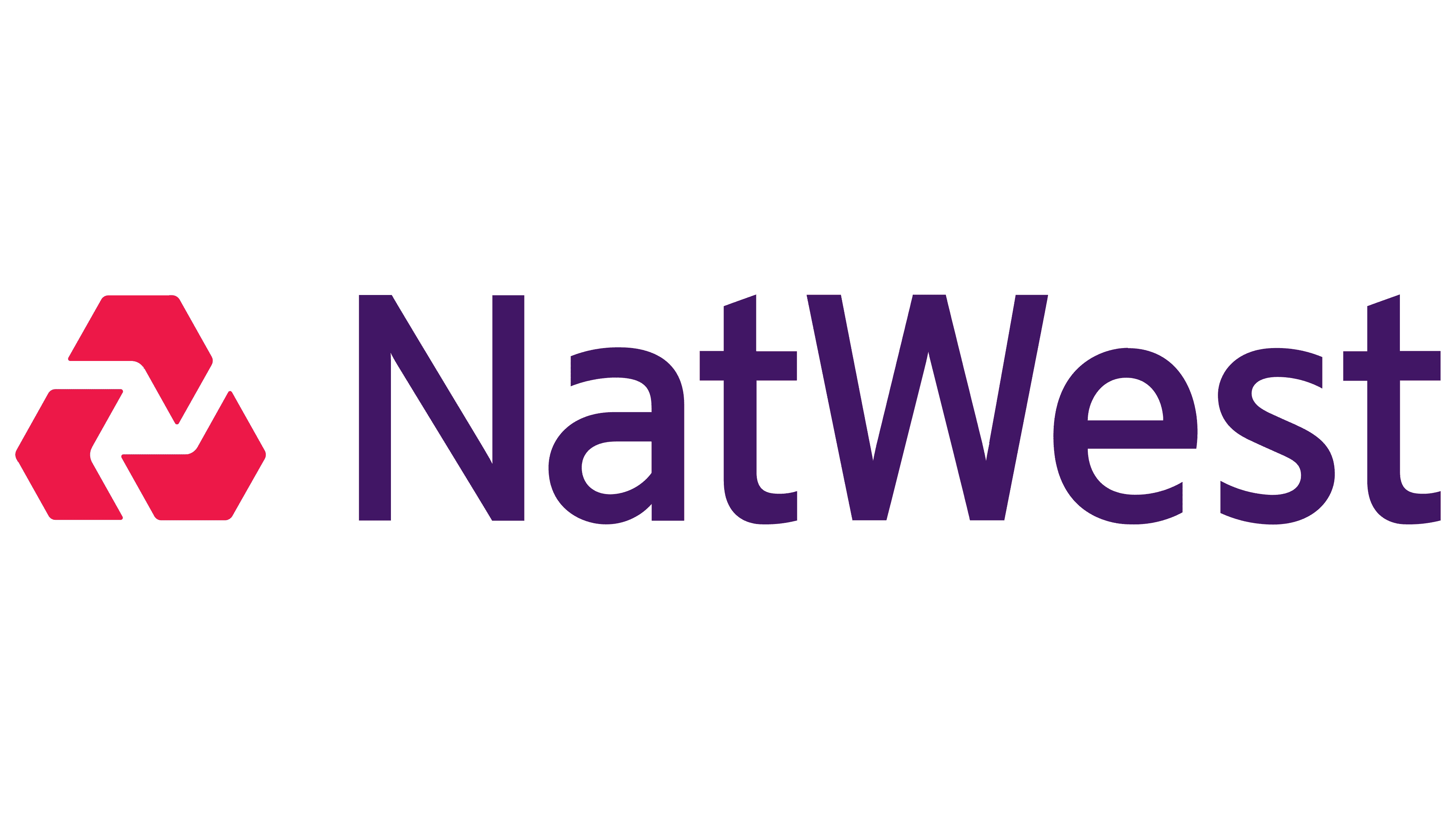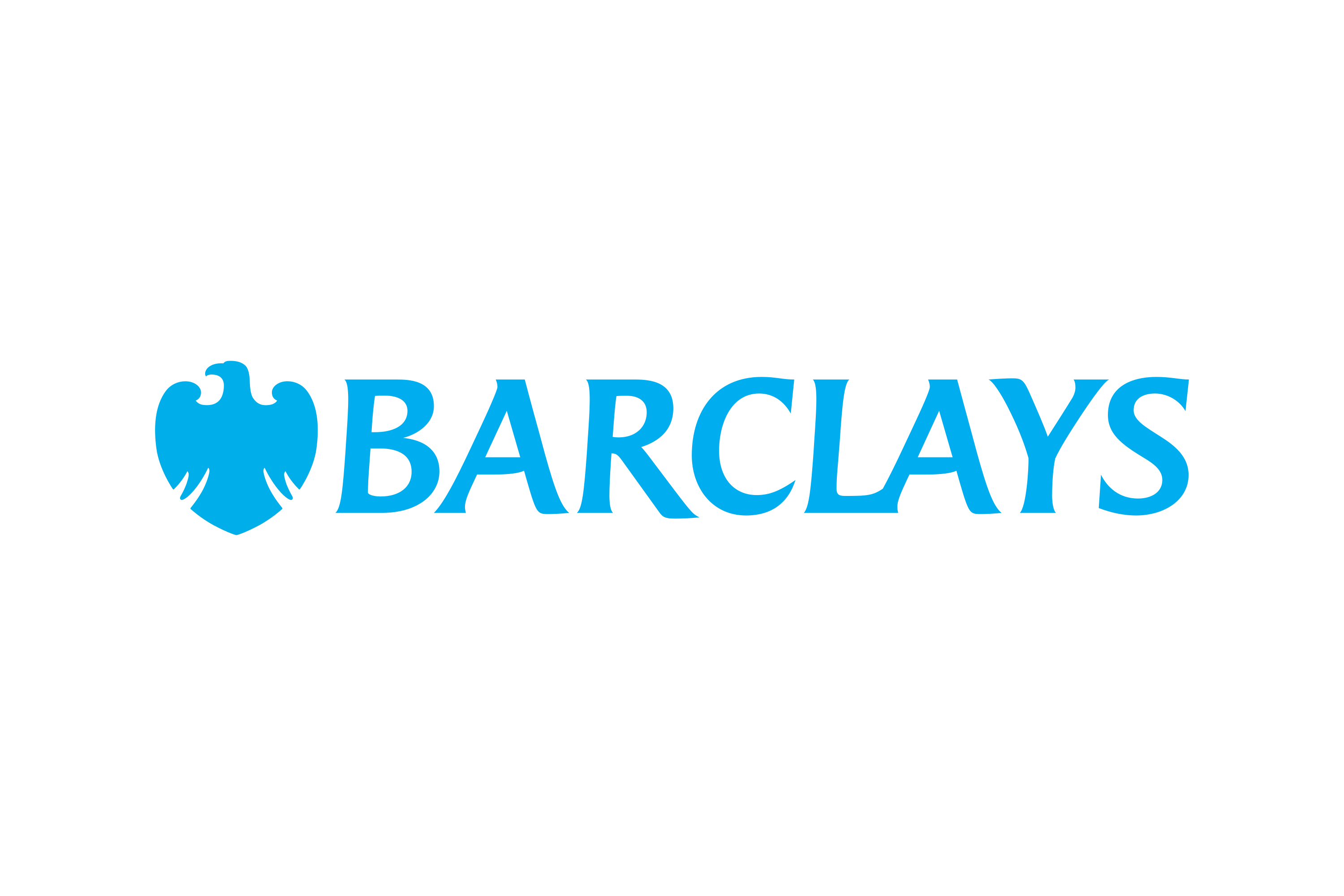Marketing
Experience
Strategy

Invite Us To Pitch
This is where you get your problem fixed. Save your team 12 months of guesswork.








10 minutes
Reading time
![]() 10 minutes
Brands Ranked
10 minutes
Brands Ranked
Report Updated September 2023
"I am massively grateful for this report and there aren't many other useful ones I have found for online flower services."
- Arena Flowers, Data Scientist, Aaron Grove
"The report it was very interesting as has been the case in previous years."
- BOX, Marketing Manager, Mike Hart
"Really impressed with the work done behind the research, really well done to the team and Salience"
- Funding Options, Head of Organic, Sonia Morrison
Digital banking visibility winners:
Barclays are flying up at the top of the leader board. Their 15% vis increase takes them from 3rd in class to joint top. They’ve closed the gap on NatWest since last year, and if they continue investing in their web experience at a similar rate, they’ll have officially bagged top of market brand come 2024, by a fair distance too.
Nationwide are another of the big 6 who are flying with a crazy 52% growth. If they were to achieve the same growth this year, they’d hit top spot. Not bad considering they're currently 6th.
If your brand are keen to grow similar, we’d recommend auditing their approach and trying to learn from their success. Keep reading though, we’ll provide some quick tips for SEO success throughout this quick introduction to our market report.
While not dominating top of market, M&S are by far the biggest growers, with a 240% increase in visibility – if they continue to invest in SEO and have a year of similar growth, they’ll hit 11th, above co-op bank, Bank of Scotland and TSB. It's great to see that they’ve put real attention on their digital footprint after closing 29 bank branches in 2021.
Which online banks have had the best digital growth in 2023?
Market variance – which simply means the average by which brands have grown over the year – is at 9%. This shows that brands are conscious of the importance of organic search and wider digital marketing. It’s no surprise given the move from in-person banking to digital. With the rise of Monzo, Starling, and the like, consumers are now much more open to moving banks, and that’s led to a much greater comparison of services – usually starting with a search!
The brands who are taking this opportunity head on and succeeding include:
• barclays.co.uk – 15% increase
• nationwide.co.uk – 52% increase
• wise.com – 65% increase
• sainsburysbank.co.uk – 30% increase
• bank.marksandspencer.com – 240% increase
Head over to their sites and take note of the digital experience they’re providing for their customers. Identify the placement of links, the use of content, and the structure of their meganav. Look to emulate their approach or provide a clear and more streamlined solution on your website. Or, get in touch for a free audit. We’ll do the hard work for you - free of charge, no strings.
Which digital banks are using social to drive growth?
Here’s a quick list of the 10 brands with the biggest digital reach. Using our own custom score, we blend consumer searches alongside social success and activity to clearly work out who's making moves.
• hsbc.co.uk
• barclays.co.uk
• santander.co.uk
• natwest.com
• halifax.co.uk
• lloydsbanks.com
• nationwide.co.uk
• revolut.com
• hsbcnet.com
• wise.com
Shouts to Revolut and Wise for being included alongside such long-standing industry giants. It shows how your existing reputation or time in industry doesn’t define your social reach – instead, it’s a tool to start making waves and build brand awareness. It will be interesting to see if, by next year, the likes of Monzo, DB, ICICi bank, and NSANDI recognise the value in social and up their game. It's worth noting the correlation between Wise's social reach and their visibility increase.
Are there any emerging trends or keywords to focus on in this space?
It’s a space that’s heavy on comparative terms. This simply means the keyword indicates that searchers are looking to compare different services. These terms – such as best savings account with 165,000 monthly searches – are difficult for to rank for.
Most ranking sites are the likes of Money Saving Expert and Money.com - not service providers. However, shouts to Nationwide and Barclays who rank on page 1.
To achieve this, both sites ensure the page targeting these terms is the first link in their respective meganav dropdown. This ensures easy access for users and provides signals to search engines that this is the most important page of that category.
They also ensure the anchor text in the meganav matches the H1 and title tag of said page – tight signals, making sure search engines and users are completely clear on the purpose of these pages.
In terms of on-page content, both sites use a table format to clearly present the differences between each savings account in as simple a manner as possible. This focus on usability is key for ensuring engagement and next meaningful actions.
To further the approach, both sites add further levels of content beneath the table. This content is all about educating users on savings and the differences between accounts – super helpful content.
For brands looking to grow but wary of the fact they aren’t the biggest players in the market, we’d recommend focusing on these keywords:
• joint savings account
• cash isa comparison
• bonds savings
• easy access savings
• instant access savings
Consider how easy users and search engines can find the page you are using to target the term in question and then check your on-page signals are clearly demonstrating topical relevance. We’d suggest using a direct match of these terms in your H1 and title tag. To go further, consider writing content around the questions users have on these topics and ensuring these articles are linked from the relevant page.
What’s caused the rise of the winners?
Helpful content has been key for search success for a while now and it's apparent that this focus continued with the recent algorithm. So far, the winners we have seen have been those who are focusing on E-E-A-T. Particularly those who can prove their content is trustworthy – whether that’s through typical trust signals like author profiles, references, clear language or through first person content – i.e. content that’s written by people who are talking about their experiences on the topic, rather than just collating what already exists on the internet and repackaging it.
Interestingly though, in this space, it seems like the big players don’t need this as much as in other industries. That’s because the brands are inherently trusted through their time in industry. Barclays for example, don’t use author profiles or references in a lot of their content. What they do however do, is provide incredible amounts of helpful question and answer led content.
Take a look at their mortgage hub, which is one of the most prominent links on the home-page. This whole area of content is centred around those with worries about mortgages due to recent economy issues.
Barclays have clearly identified what types of content users are most likely to need and have ensured clear and easy access to it.
Each post is detailed and written for users, not SEO. Of course, they have smashed the SEO signals but it never gets in the way of the users experience. We are huge fans of this approach. We don’t believe in SEO content. We believe in user-first content that also ticks the box for search engines. In that order.
And it’s not different for the newer-to-market disruptors. Wise.com, for example, take a similar approach with their /help subfolder. This includes 703 indexable pages which provide users with articles such as:
• A Guide to SGD transfers
• What are auto conversions?
• What’s a guaranteed rate?
• UK Tax Self Assessment (A Guide)
Each article is written user first but embraces SEO best practice: i.e. structured headers, clean and clear tone and language, and topics ordered in terms of importance to users. They’ve also clearly unpacked what users are actually looking to engage with when they search for terms such as “help with self assessment” – ensuring that content covers the more niche questions that users have, including who needs to provide self assessment, deadlines, how to do it, what happens if you don’t submit your returns.
